(Page créée avec « {{Tuto Details |Main_Picture=Thermostat_control_activity_v12_wDmxjY.png |Main_Picture_annotation={"version":"2.4.6","objects":[{"type":"image","version":"2.4.6","originX":... ») |
|||
| Ligne 6 : | Ligne 6 : | ||
|Type=undefined | |Type=undefined | ||
|Difficulty=Very easy | |Difficulty=Very easy | ||
| − | |Duration= | + | |Duration=2 |
| − | |Duration-type= | + | |Duration-type=hour(s) |
| − | |Cost= | + | |Cost=30 |
|Currency=EUR (€) | |Currency=EUR (€) | ||
}} | }} | ||
| Ligne 142 : | Ligne 142 : | ||
}} | }} | ||
{{PageLang | {{PageLang | ||
| + | |Language=en | ||
|SourceLanguage=none | |SourceLanguage=none | ||
|IsTranslation=0 | |IsTranslation=0 | ||
| − | |||
}} | }} | ||
{{Tuto Status | {{Tuto Status | ||
|Complete=Draft | |Complete=Draft | ||
}} | }} | ||
Version actuelle datée du 4 février 2020 à 14:38
Sommaire
Introduction
This activity is designed for children over the age of 9, who are able to read and understand the indicative temperature numbers and the information that appears on the displays.
The use of electricity in the home is called "domestic consumption".
Energy efficiency is the ability to make intelligent use of resources, minimizing waste as much as possible. For example, a room that is not frequented by anyone may not need air conditioning or artificial light. Adapting the ignition or adjusting the intensity of the users of this environment allows for a more intelligent use of resources, therefore a more efficient use in which waste is reduced to a minimum.
The lower the energy loss to achieve a specific purpose, the higher the degree of energy efficiency.
Energy demand is on the rise worldwide. The situation on the energy market is heating up and energy prices are rising.
There is a strong correlation between energy demand and social tensions in the world. Furthermore, there is also a strong correlation between the massive use of mineral resources, pollution, the increase in particular of diseases, desertification and global warming.
Many of the world's most important problems are related to the use of energy. A reduction in energy demand would lead to a confusion of many global problems.
So how can we achieve energy efficiency in our living environment?
Many small steps can be taken to get better use of consumption. The purpose of this activity is to make the user learn the main problems related to the domestic world and learn to adopt all the solutions to prevent the inefficient use of energy.
Matériaux
Outils
Étape 1 - Creation of the environment What you need?
What you need?
- A pair of scissors
- An old shoe box
- Pastels / glue / colored sheets
- A small fan
How to create the environment
As in the previous activity, the children have a box that will simulate the home environment. The moderator can leave room for children to decorate their boxes and express their creativity.
Even in this case, children will have to cut the smaller sides: on one side they will be able to look into the box, on the other they can insert a small fan.
The device, inserted in the box, will detect if there is the right temperature.
By accessing the fan, the environment will become colder, although there is no need.
Thanks to the signaling of the device, children will understand that the fan can be turned off.
How to build the box?
- We take a box of shoes that we no longer use;
- With the help of a pair of scissors with a rounded tip, let's cut one of the shorter sides of the box. From here we could observe inside the box itself what will be simulated;
- Let's cut the other minor side in the same way. From this we will insert the small fan;
- By inserting the device inside the box, we created our miniature room and we are ready for the experiment.
Étape 2 - How to build the device?
It is necessary that the pcb is well soldered so that the circuits are resistant and that they do not disconnect when you are going to put everything in the box. once the pcb is finished, it will have to be positioned over the raspberry for it to be put into operation.
To check if everything works well, switch the raspberry on and insert the pcb above it. With the help of a tester you can check that all the connections have been made well, just check that the voltage reaches all the desired points. A more thorough test can then be rerun when the whole device is ready.
To close everything in a wrapper, it may be useful to 3D print the suitable box whose source can be downloaded at the following link:
Étape 3 - How to put precisely the Blynk app?
Once the application has been downloaded from the store, it is necessary to register a Blynk account by creating a profile, after which a new project must be created and a token generated. The token is an element that acts as a shared key, that is, it is a word (a token) that uniquely identifies the project and allows you to connect the device to the control terminal.
The app can be run on Android and Ios tablets and smartphones. This allows a wider audience of people to run and realize the remote controller.
The Blynk app allows you to easily customize and change the interface of the remote controller. This guide explains how to make a version of the remote controller but nothing prevents you from adding new features to make it even more useful and nice.
Étape 4 - Environmental monitoring
In order to check the conditions of the environment at runtime, just follow the trend of the values that are printed on the screen on the terminal you are using (tablet, smartphone, etc.)
The user must therefore follow the variation of the measurement in order to be able to account for the use he is making of the electric user.
description of the environment
We often change configuration so that the user becomes familiar with all contexts and learns well the benefits of efficient use of the device.
Recall that the purpose of the activity is to familiarize the user with the concept of energy saving. The box in which the device is inserted is an abstraction of a room. The connection between the components of the box and a domestic context will be well explained to the user.
We will have to simulate multiple situations. The user must understand the use of an electrical user in completely inadequate and suitable cases.
We ask the user to try to understand if the use of a fan is necessary based on the temperature that reads on the display. If the environment is already sufficiently cool, the user will have to learn that a fan (or in any case a cooling device) is inappropriate for the context. It should be turned off.
Étape 5 - Conclusion of the activity
At the end of the activity it is thought to have the children elaborate a page of diary, asking them to tell the experience they have carried out by highlighting the strengths and weaknesses of the device they have used and to provide any advice to the creators.
This will serve administrators, as well as creators of the device, on multiple fronts.
It will undoubtedly be useful to creators to work on weak points, and therefore to improve.
On the other hand, it will serve as a sort of database. In fact, this diary page will be kept by the creators in an archive, in order to be always accessible.
Furthermore, if the critical issues emerge, once they are improved, the creators could think of carrying out this activity again.
Therefore, the latter becomes essential for the formation of an archive and to be able to compare the results if the activity is proposed again later.
Results
Sometimes we act wrongly not out of love or indifference to our planet, but because some issues and some important precautions are ignored.
As adults, we have a moral obligation to inform children, sensitize them, allow them to have all that useful information to be a good citizen and to love their world (and here we do not focus only on the environmental aspect!)
In fact, working with children allows you to promote initiatives that aim to change the wrong lifestyles that we may have due to bad, or completely absent, information.
At the end of the activity, the children should have refined their awareness of the environment. They are expected to be more attentive, more responsible towards the environment and also in the use of devices and home comforts. By raising children's awareness, the aim is to trigger chain awareness.
If the children have actually introjected these attentions, they will also be more sensitive at the end of the activity. Children who pay more attention to a light or a heated radiator at home or at school will be able to sensitize those around them too (friends, classmates, family members).
So, precisely through play, the aim is to "turn the spotlight" on these issues, to stimulate interest, a sense of responsibility and to arouse a critical perspective of the little ones.
In addition, the proposed game allows you to stimulate creativity and imagination. Cooperative learning and problem solving skills are called into play.
Children should be able to use the device. This will also be useful for sponsoring the device itself. In fact, anything accessible to children is defined as simple to use. For this reason, people who are less familiar with technologies, such as older people, will not be discouraged from using the device but will consider it accessible.
In addition, several studies have shown how the use of technologies by older people improves their cognitive and mnemonic abilities, helping the brain to remain trained.
By carrying out this activity that strongly recalls reality, children understand that this device can really be applied in any home environment, including their own home.
Draft
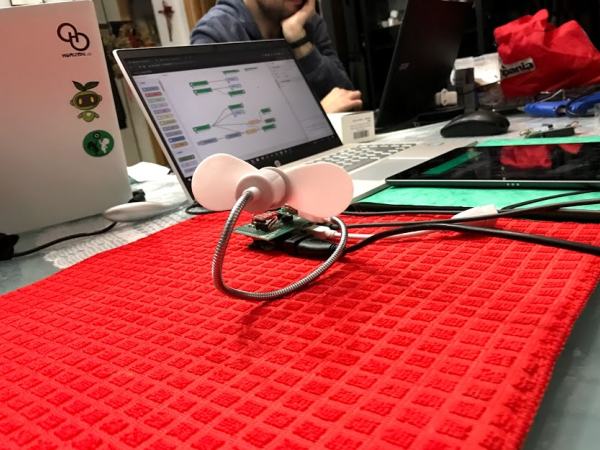
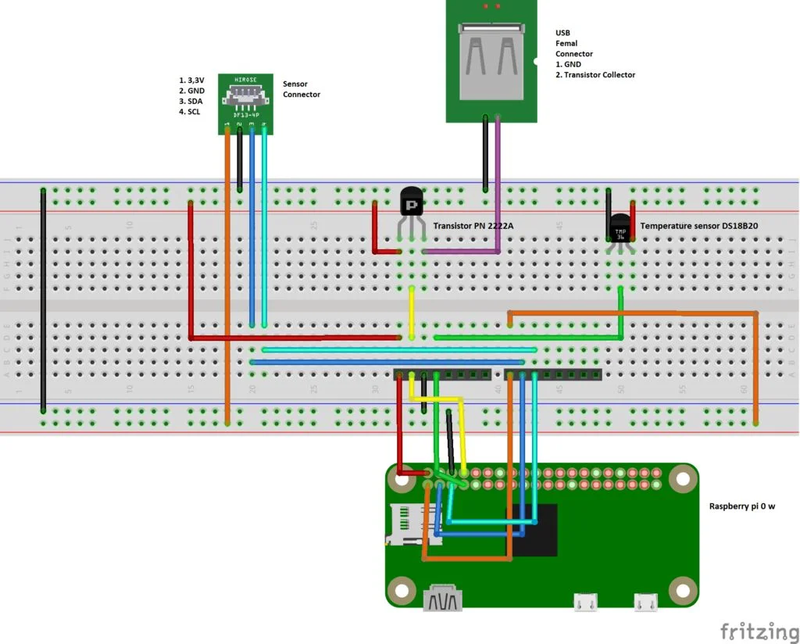
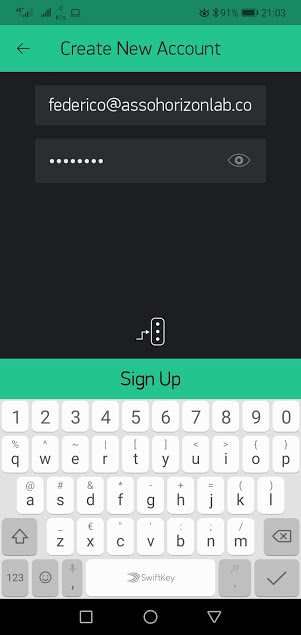
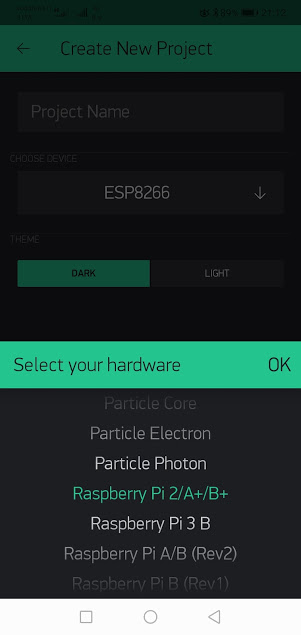
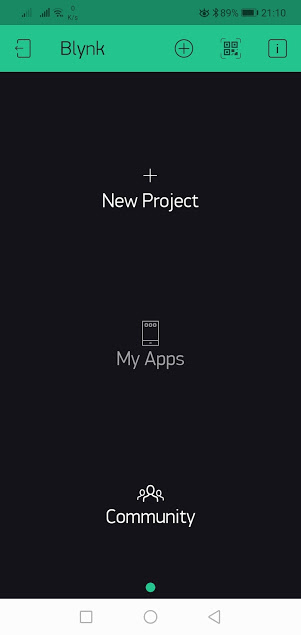

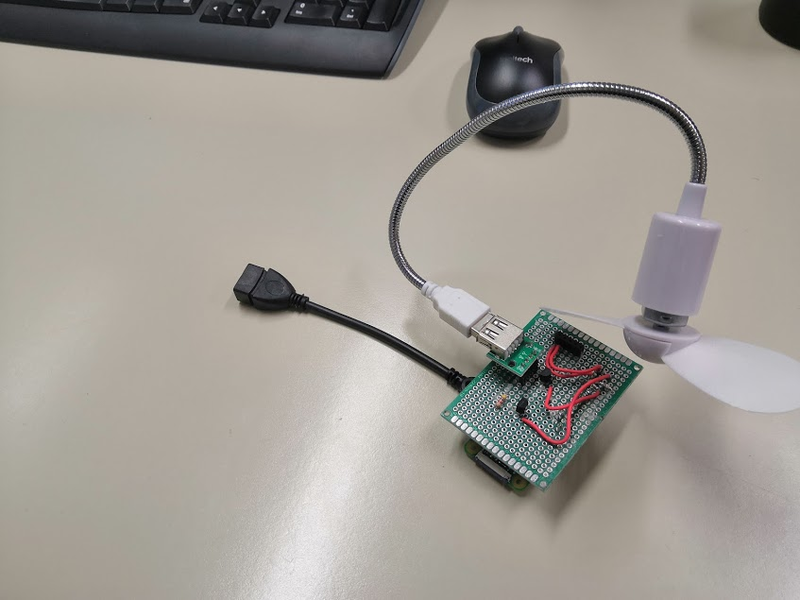
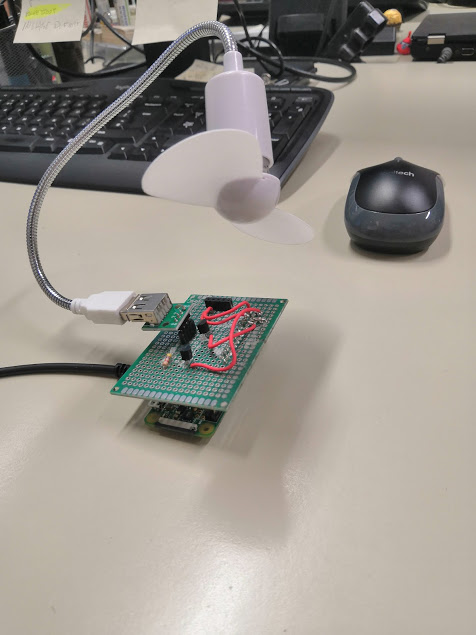
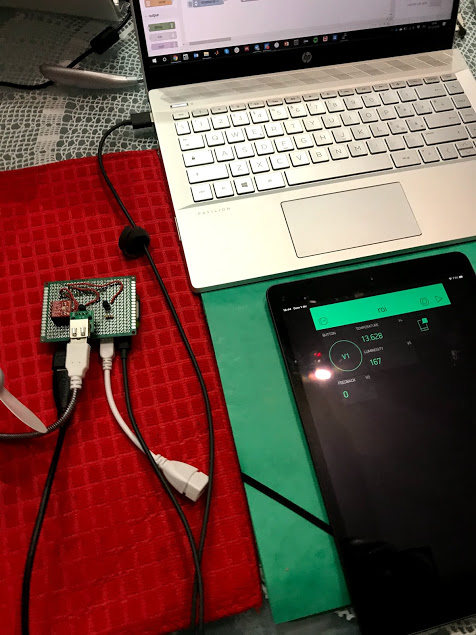
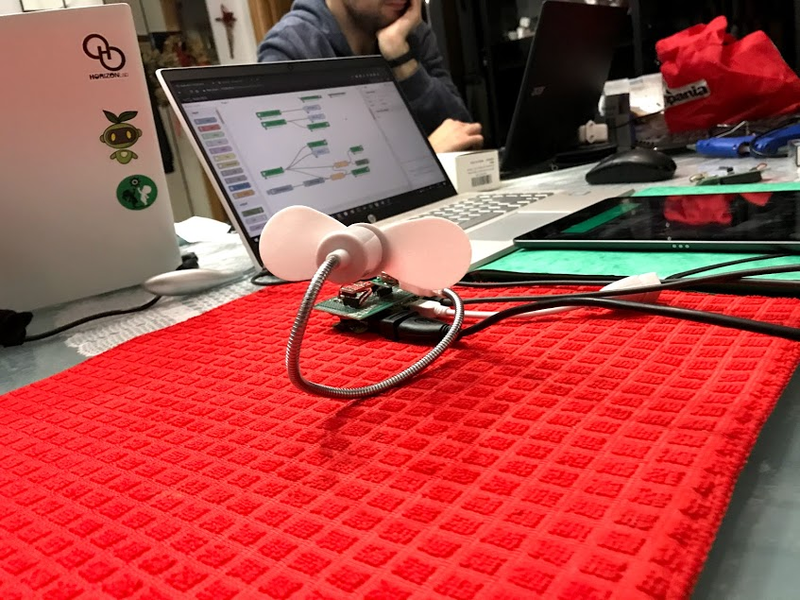
 Français
Français English
English Deutsch
Deutsch Español
Español Italiano
Italiano Português
Português